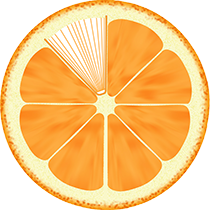1. Introductory section: “The Scope of Human Physiology2. New figures: Hemoglobin molecule, DNA double helix base pairings, purine-pyrimidine hydrogen bond pairings3. Cholesterol in membrane function Procedures for studying cell organelles Endosomes Peroxisomes4. Mitochondrial DNA Preinitiation complex Factors altering the activity of specific cell proteins Protein delivery and entry into mitochondria Regulation of cell division at checkpoints in mitotic cycle5. Patch clamping Primary active-transport mechanisms Digitalis and inhibition of Na,K-ATPase Cystic fibrosis chloride channel Endocytosis New figures illustrating transporter conformational changes6. Paracrine/autocrine agents Melatonin and brain pacemakers Receptors as tyrosine kinases and guanylyl cyclase JAK kinases and receptors Phospholipase, diacylglycerol, and inositol trisphosphate Calcium-induced calcium release Receptor inactivation7. Regeneration of neurons Comparison of voltage-gated sodium and potassium channels Information on neurotransmitters Functional anatomy of the central nervous system8. Pain Olfaction9. Electroencephalogram Sleep Binding problem Emotions
